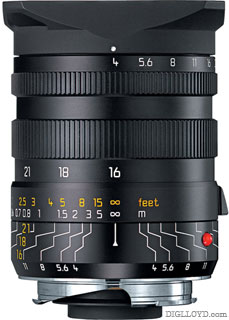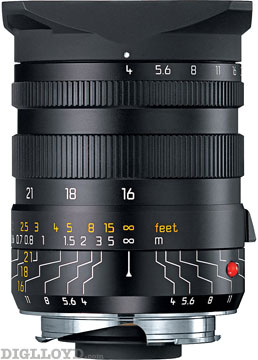EXCERPT page containing first few paragraphs. 2024-04-23 05:20:20
UA_SEARCH_BOT_compatible_botmozilla/5.0 applewebkit/537.36 (khtml, like gecko; compatible; claudebot/1.0; +claudebot@anthropic.com) @ 18.118.12.222
For full access, subscribe here. Or click title to login. ![]()
General Notes on the 16-18-21 Tri-Elmar
This page captures some general impressions and findings from field use.
Why use the Tri-Elmar?
The 16-18-21/4 Tri-Elmar-M is a versatile lens to be used when quick flexibility is needed, or when one needs a 16mm focal length.
- Three focal lengths in one lens only a little larger than the 18/3.8 SEM and 21/3.4 SEM.
- Versatility for conditions in which changing lenses is not viable (hurried shooting, dusty environments, etc).
- A 16mm focal length available with no other Leica M lens.
[Wider DSLR lenses with very high performance can be used via lens adapter on Live View M cameras. See in particular Aperture Series: Backlit Bristlecone Pine (Leica M Typ 240) in Guide to Zeiss.]
Article continues for subscribers...
Diglloyd Guide to Leica is by yearly subscription. Subscribe now for about 25 cents a day ($90/year).
BEST DEAL: get full access to ALL 8 PUBLICATIONS for about 75 cents a day!
Diglloyd Guide to LEICA contains in-depth coverage of Leica M system cameras and lenses, with additional coverage of Leica M Monochrom, Leica Q.
Special emphasis is placed on Leica M lenses and certain Zeiss ZM lenses.
- Make better images by learning how to get the best results right away.
- Save money by choosing the right lens for your needs the first time, particularly the Summilux/Summicron/Elmarit choice and/or Zeiss ZM.
- Make better images, a sort of “cheat sheet” saving yourself months or years of ad-hoc learning. Processing parameters are discussed and shown.
- Jaw-dropping image quality found nowhere else utilizing Retina-grade images up to full camera resolution, plus large crops [past 2 years or so].
- Real world examples with insights found nowhere else. Make sharper images just by understanding lens behavior you won’t read about elsewhere.
- Aperture series from wide open through stopped down, showing the full range of lens performance and bokeh.
- Optical quality analysis of field curvature, focus shift, sharpness, flare, distortion, and performance in the field.
Want a preview? Click on any page below to see an excerpt as well as extensive blog coverage, for example on Leica.



